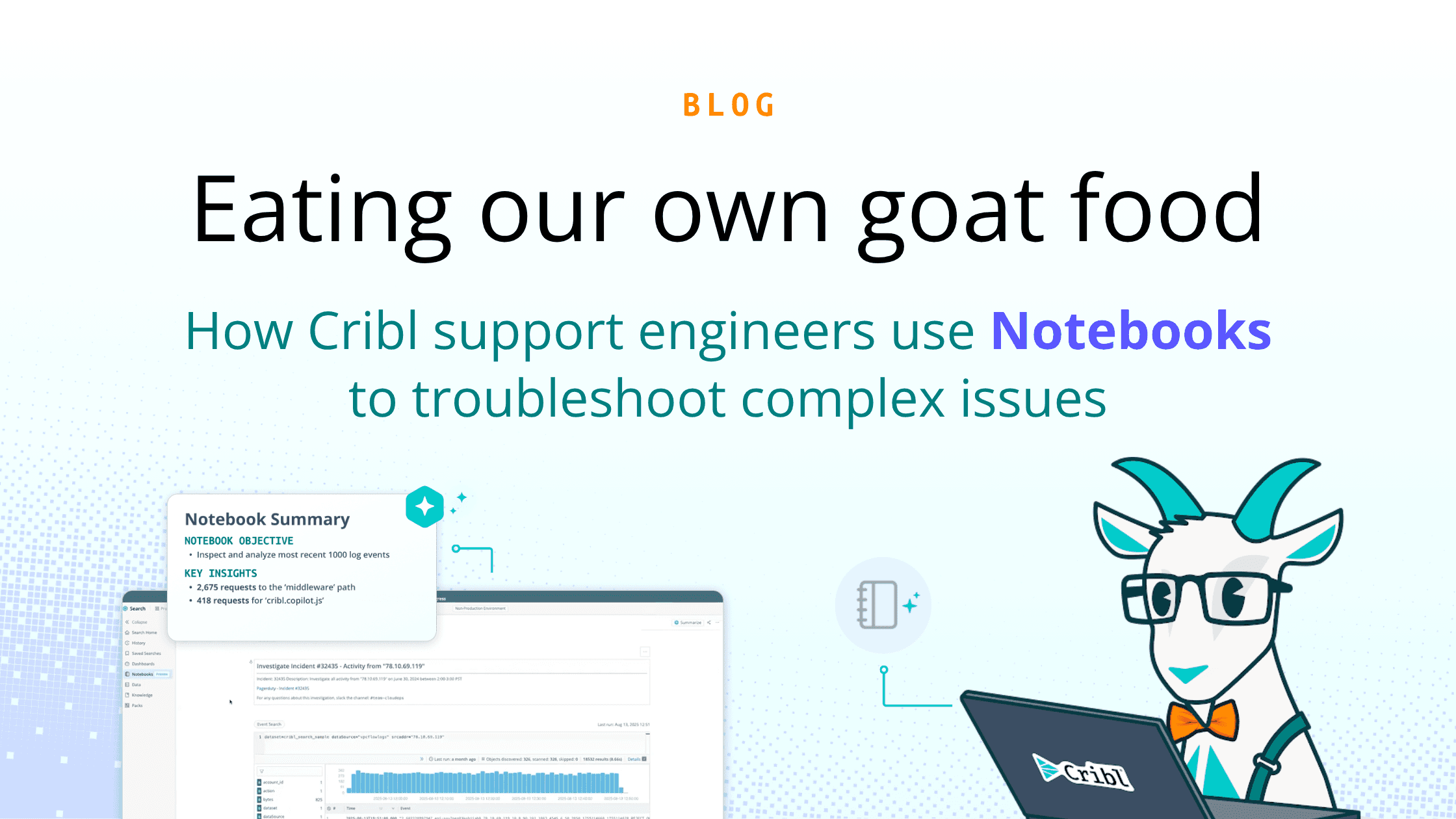As an engineer, you know your company’s problems, and you know what to do about them. However, being heard within your organization and funding a project can be challenging.
Top executives might not understand your job’s ins and outs of the tools you need to do it well. Still, you need people holding the purse strings to understand why investing in your idea is brilliant. To make your case, you need a good story — here’s how to tell it in a way that makes it crystal clear the right choice.
Frame Your Needs as Solutions to Business Problems
Your challenge is bridging the gap between your and your company’s needs. Top executives might not share your priorities. What do they care about? Before crafting your story, make sure you deeply understand what matters to your budget holders — and what’s causing them pain.
Are yearly expenses growing out of control? Are they at risk of a costly security breach? An outage? Have they had to front unplanned expenses?
A good story starts not with the solution but with a point of pain. Emphasize how this pain is hurting the business. Then, show how your idea is the antidote.
The key here is to frame your project as a solution to a business problem. Resist any deep dives into the engineering details, or else eyes may start glazing over. Budget holders may not understand the specifics of an engineering problem, and they don’t need to. To keep their attention, keep your story focused on business outcomes.
Business Outcomes That Grab Executive Attention
Here are four outcomes to consider when getting your budget holders’ attention.
Avoiding Costs
Every company shoulders costs associated with the tools, staff, and time it takes to keep the business running. Can your solution avoid any of these costs?
When presenting your idea, focus on cost avoidance rather than cost savings. Forecast cost growth into the future and highlight how much the company will have to pay if they don’t put your proposal in place.
A solution that will avoid future costs — not just lower existing spending — is bound to be much more valuable for the business. It’ll get executives’ attention because avoiding costs allows them to reallocate spending. For instance, rather than paying top engineers to keep the lights on, they can redirect some of that money to get their best engineers working on projects that will transform the company.
Risk Avoidance and Reduction
As you’re crafting your story, think about unplanned costs that might hurt your company — like the cost of a breach or a failed audit. Managing risk is a big deal in the business world. Is your company struggling with compliance or vulnerable to a potential breach? Can your project enhance your company’s security posture?
The trick with this approach is making your executive understand what’s at stake. Not everyone will care about compliance if the worst they expect is a slap on the wrist. Make your case in terms that matter to them. Highlight the direct cost of a breach or failed audit and the financial hit they could take if their reputation is damaged.
Remember that it can be challenging to precisely predict the impact of a breach or put a dollar amount on the value of avoiding a risk. If you plan to focus your story around this outcome, it may be worth engaging GRC, audit, or security teams, whose insights can help you make the case for risk reduction.
Scaling Staffing
Think about how your project could cut down on the grunt work staff has to churn through every week. Can it automate a process that’s currently being done by hand?
Automating tedious work can make people’s jobs more rewarding and encourage employees to stick around. For many business executives, that matters. It can be hard for organizations to find and keep talented employees — and to play catch-up with a new hire after someone leaves — so chances are your executives care about holding on to the talent they’ve got.
It also opens up time for employees to do a broader range of work, cutting down on staffing costs overall.
New Capabilities
Avoiding costs isn’t the only way to create a pool of funding for your project. Creating a new capability can also do the trick — like a brand-new service or a glow-up for an old one.
Remember that this can be a harder sell because any new capability comes with hidden expenses (think admin, product maintenance, and accounting), so the benefits will need to outweigh the costs significantly.
Map Technical Requirements to Business Value
There’s no single way to sell an idea. As you craft your pitch, stay focused on what your company values and where it’s hurting. Spell out why that pain point can’t go away with existing tools, even if it’s evident. It may not be obvious to everyone!
You want to get through the most essential part of your pitch quickly — before your audience has time to zone out. You don’t have very long to catch and hold an executive’s attention, especially if you’re making your pitch over Zoom.
So please start with the punchiest part of your pitch, emphasize the pain points you’re there to address, and spare them the technical details. As you go, make sure you paint a picture of the future that aligns with their vision for the company.
Watch the full webinar to learn how to tell a story that will persuade budgetholders to get you the needed funding!







